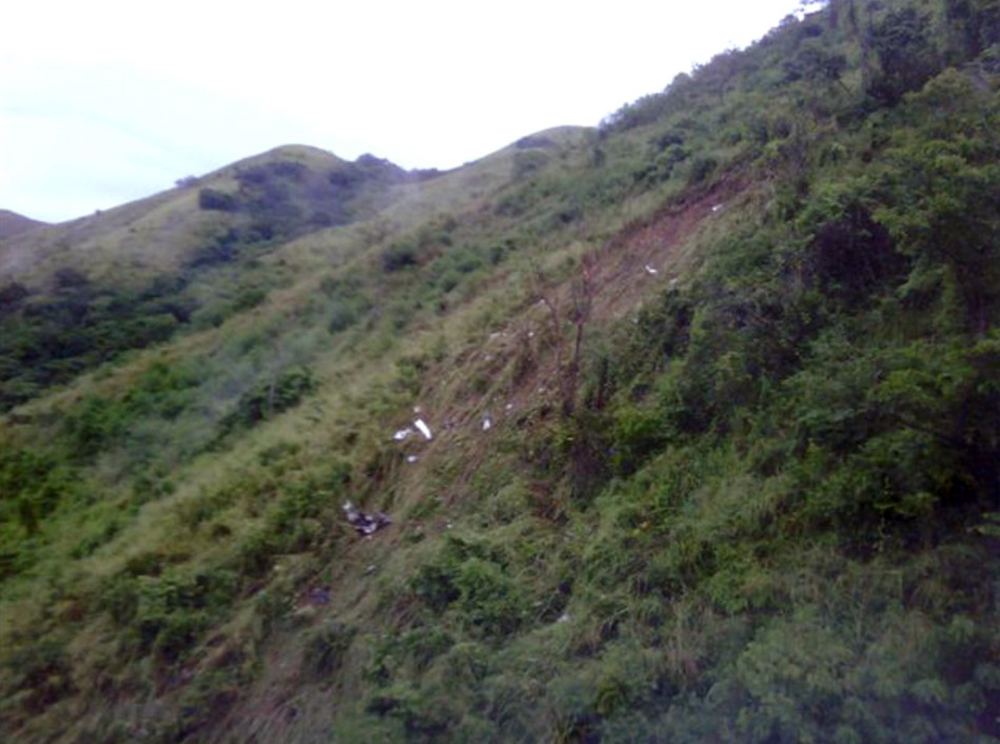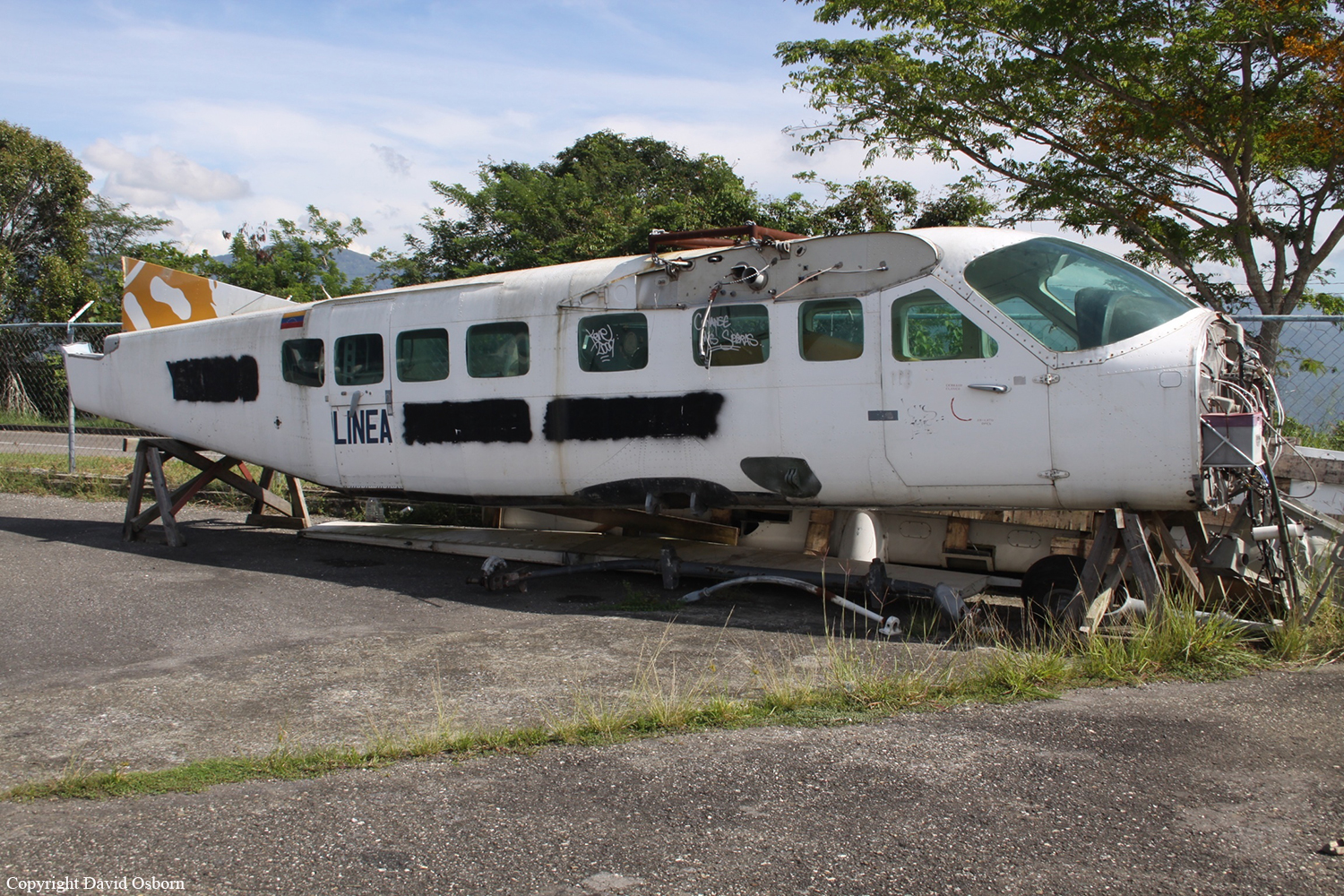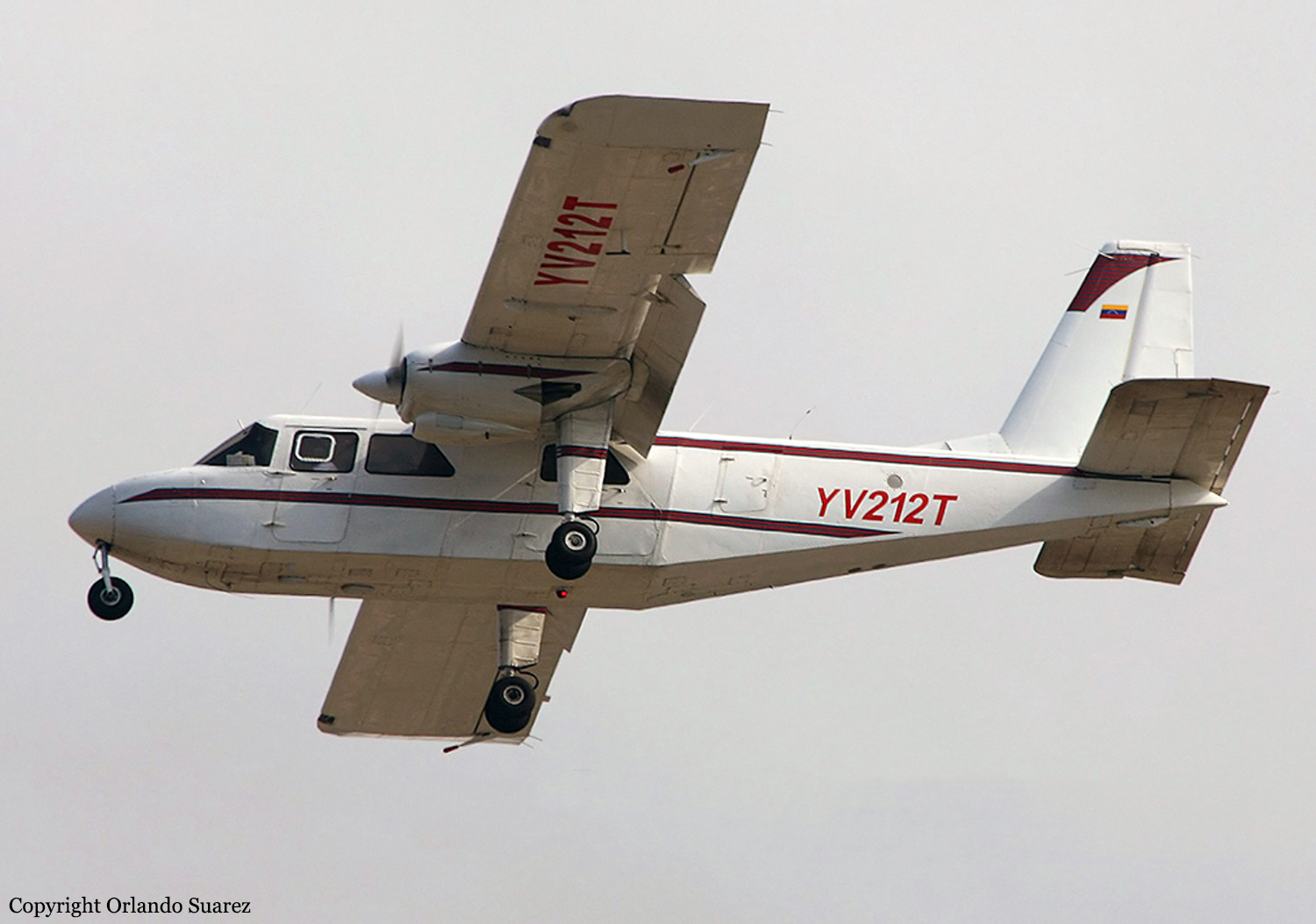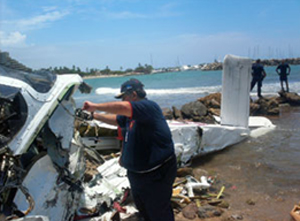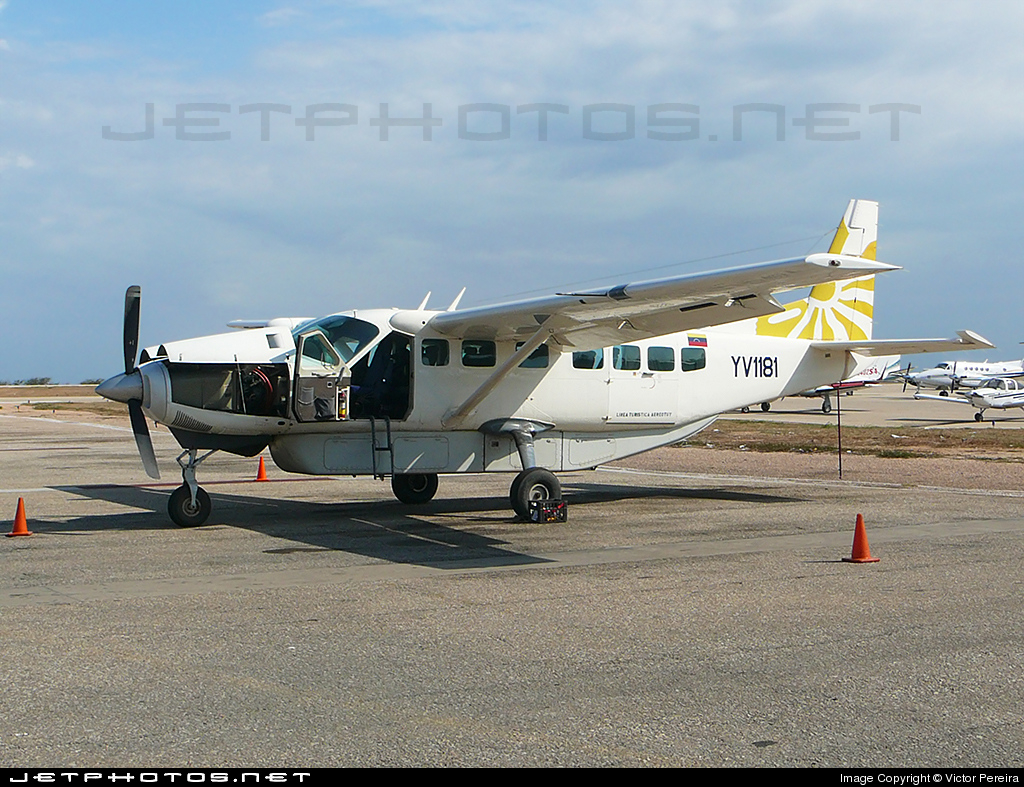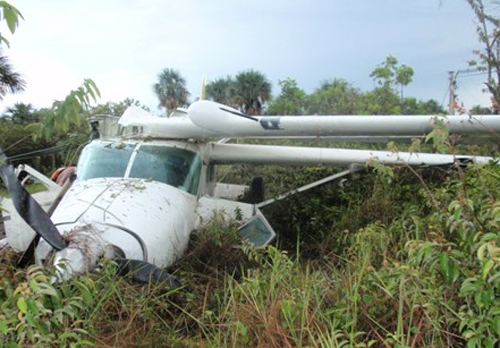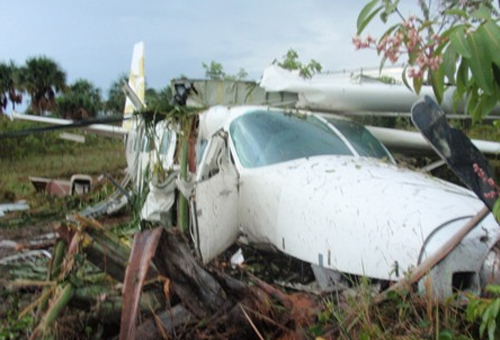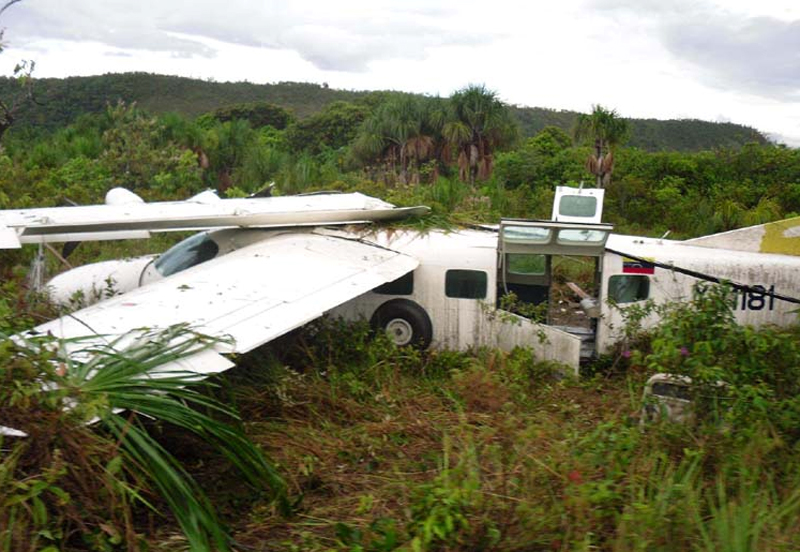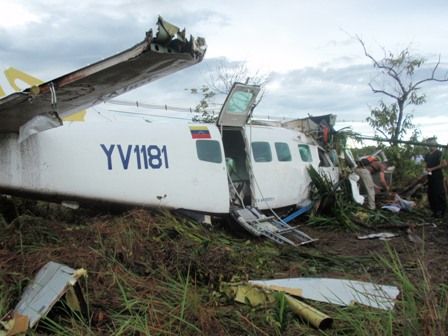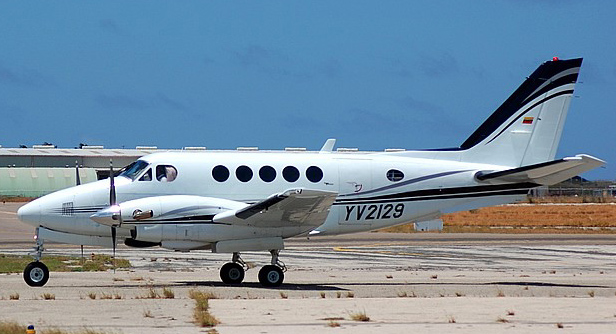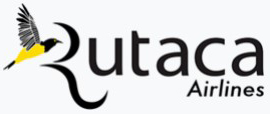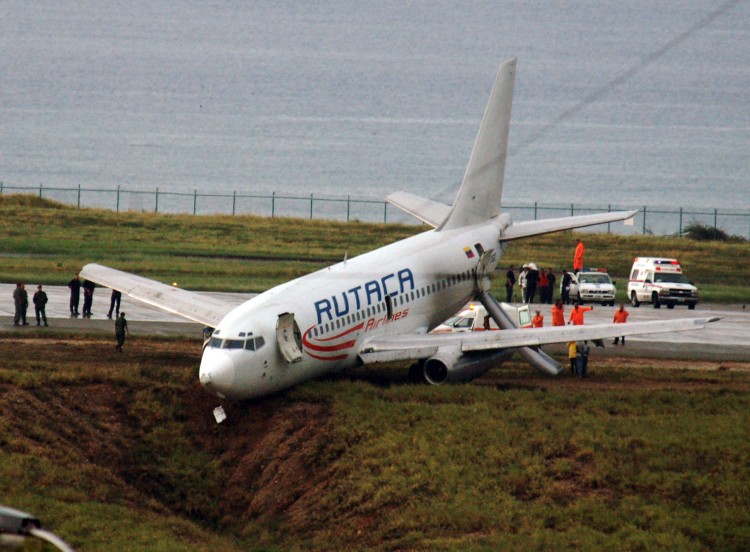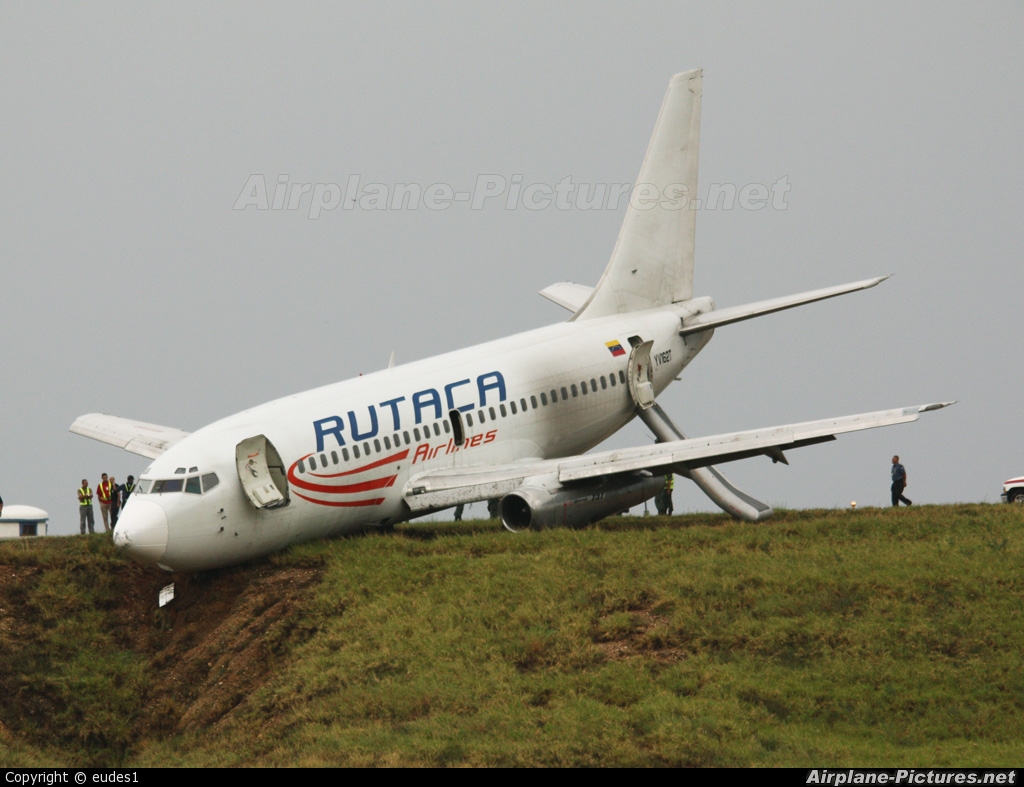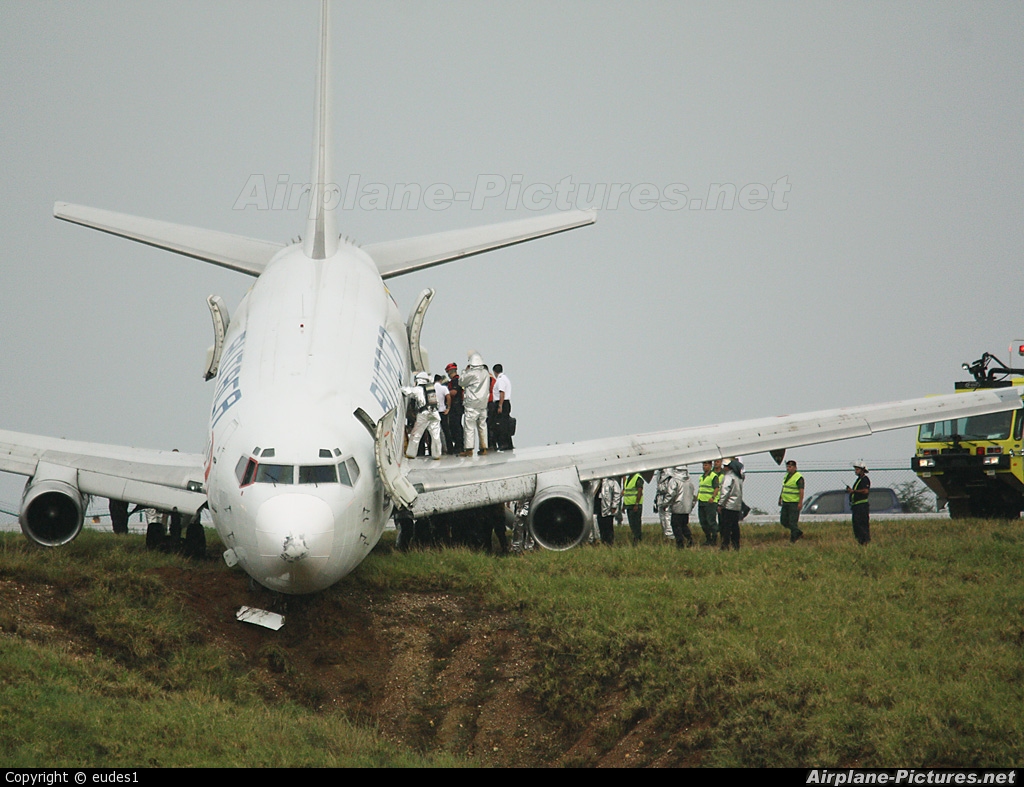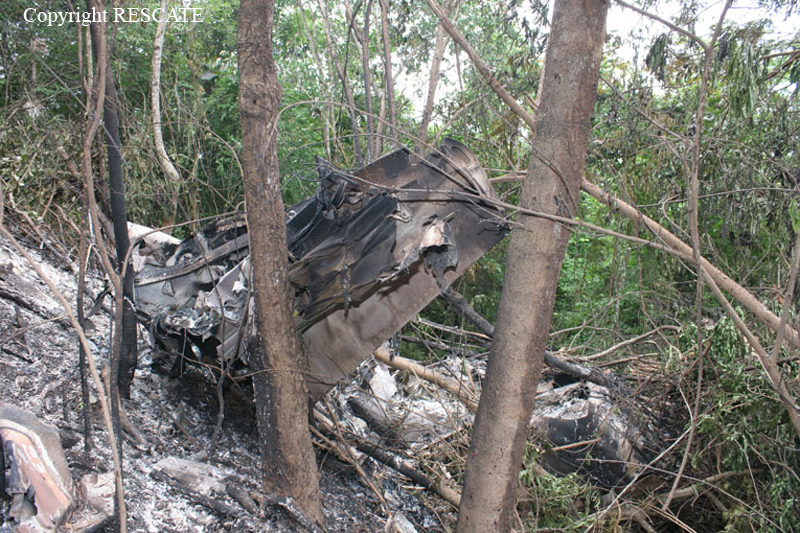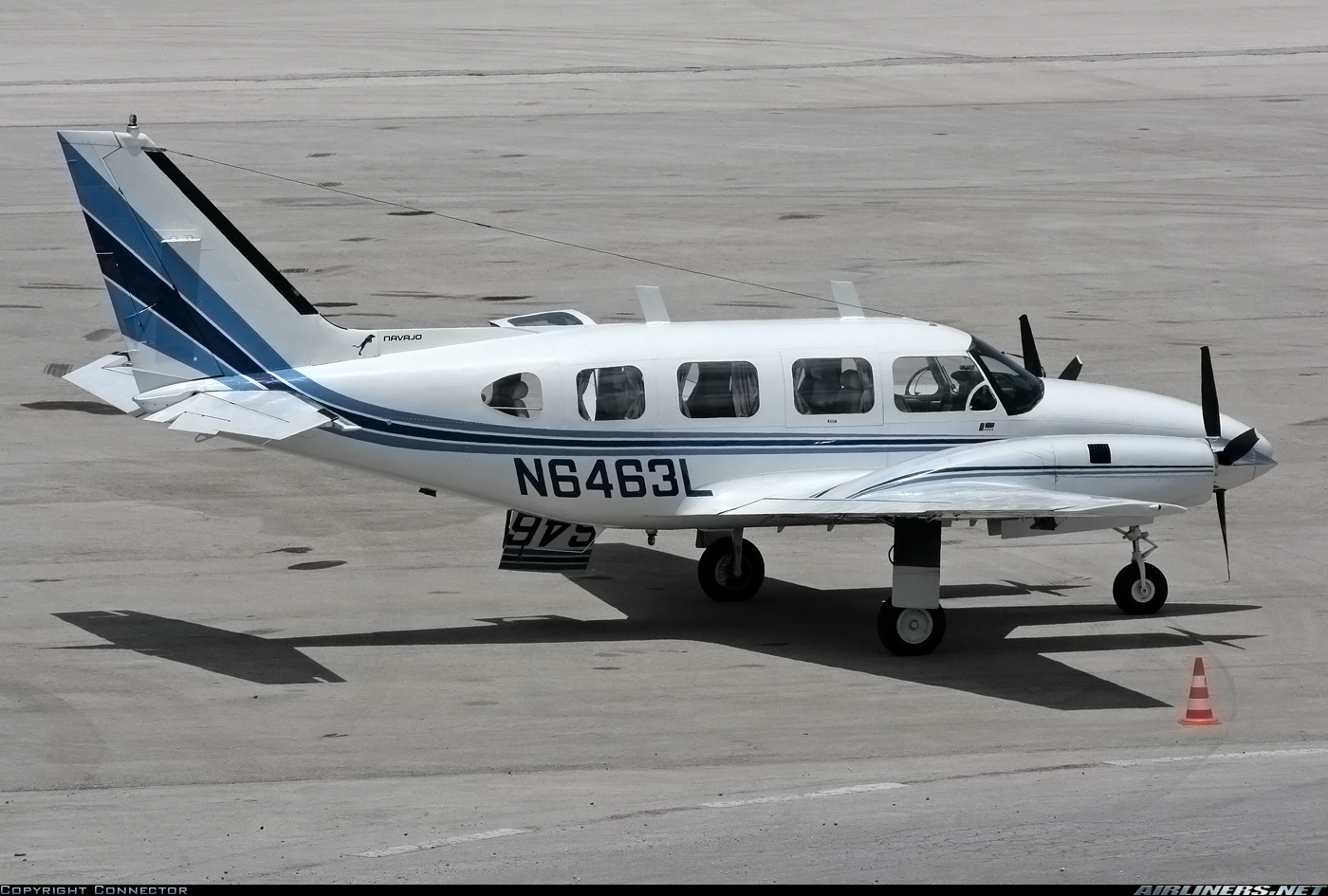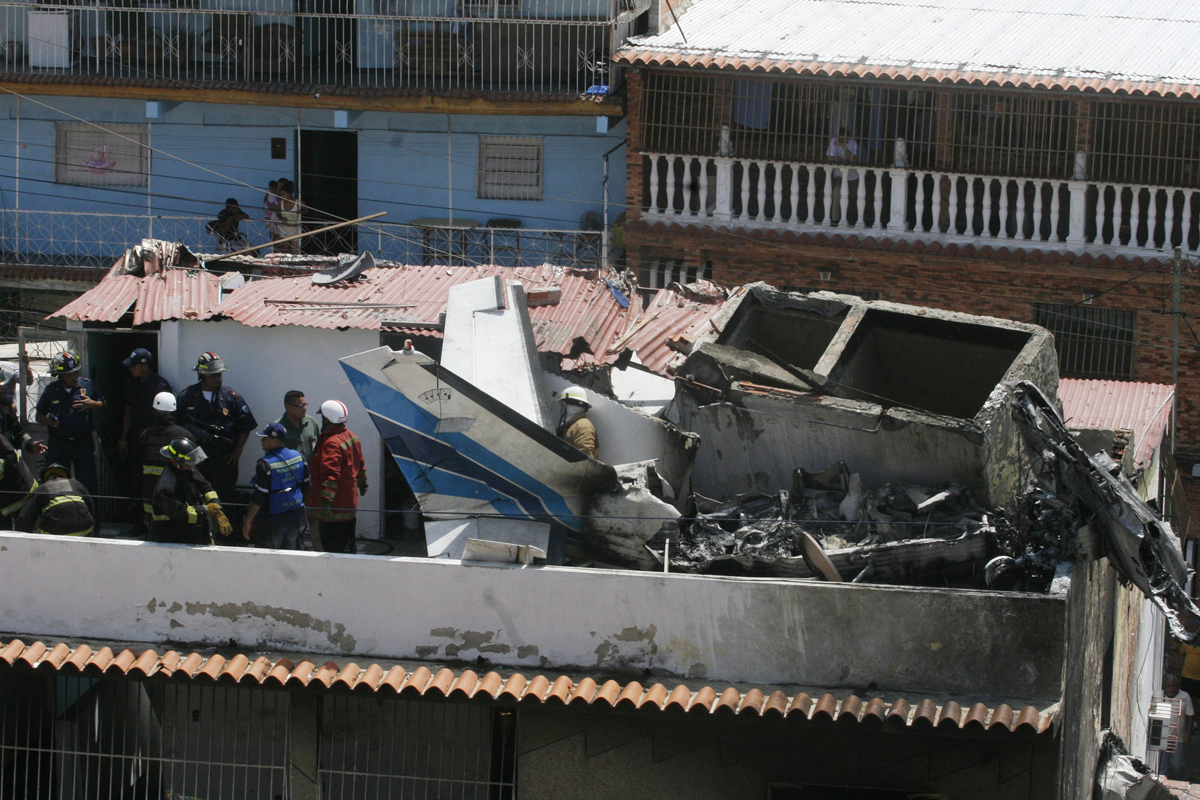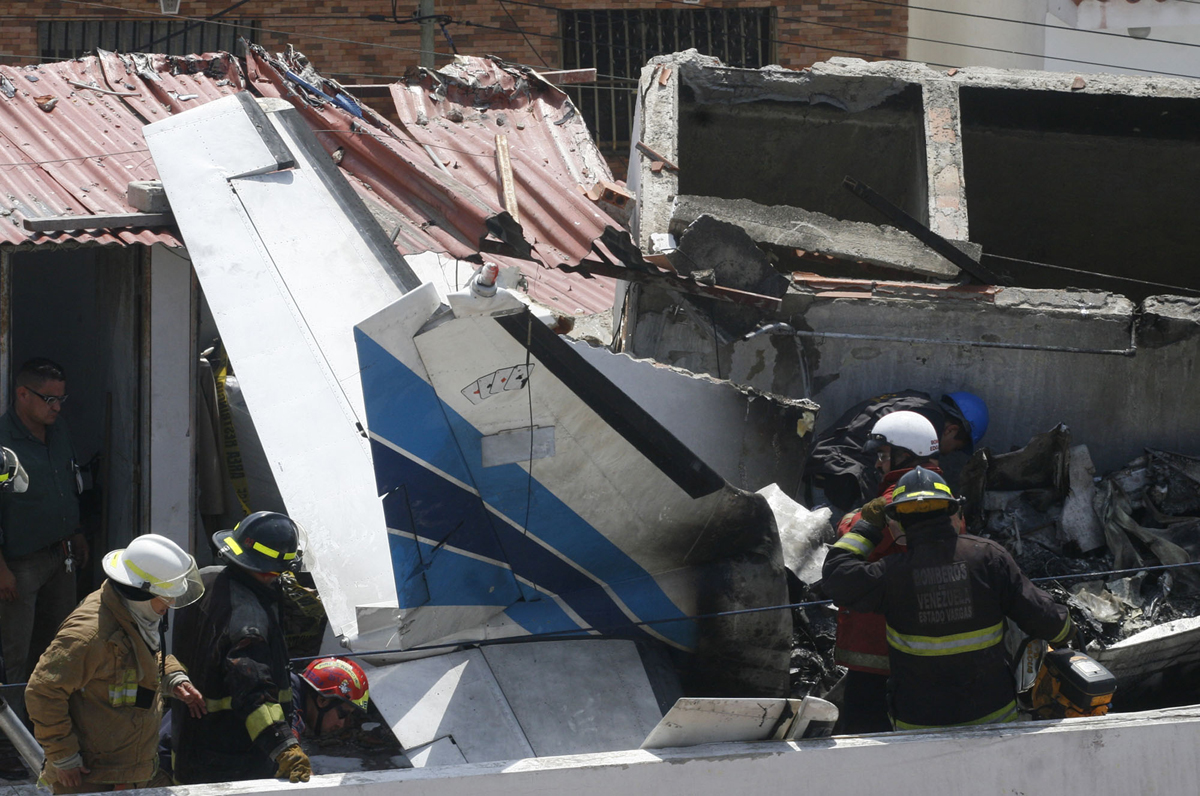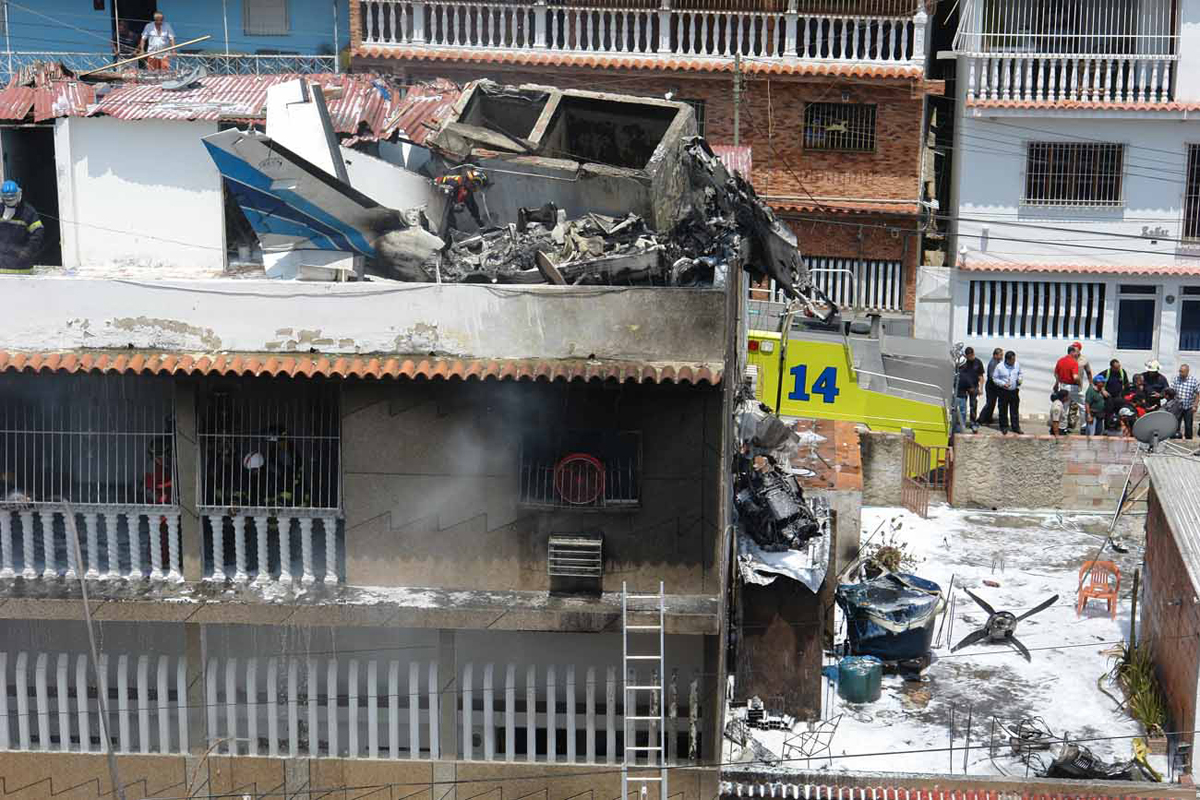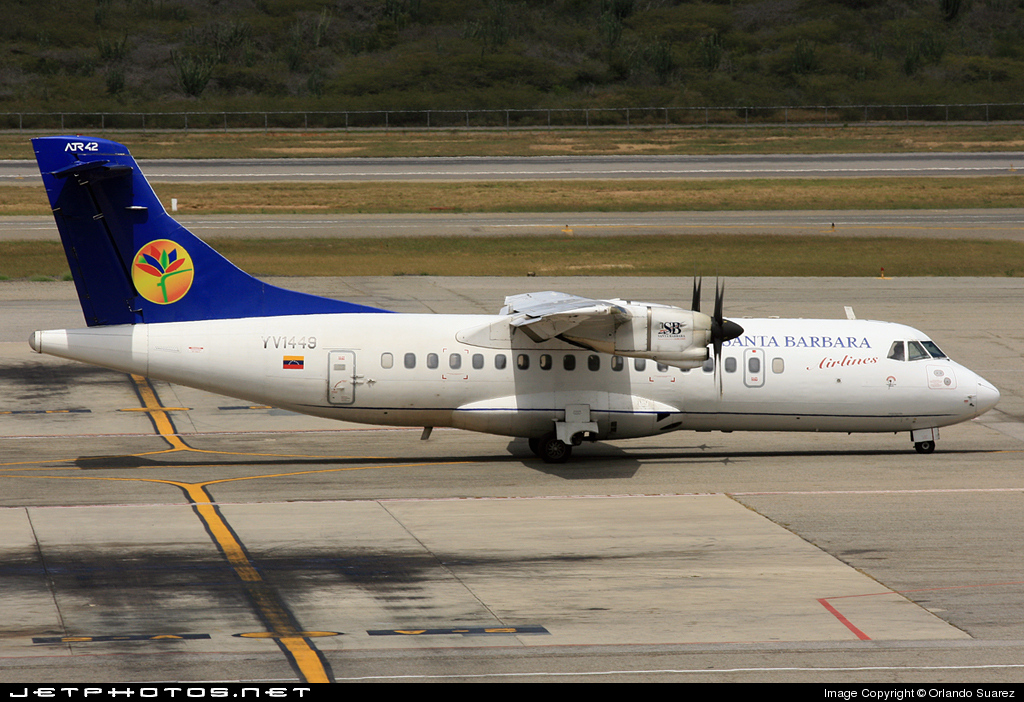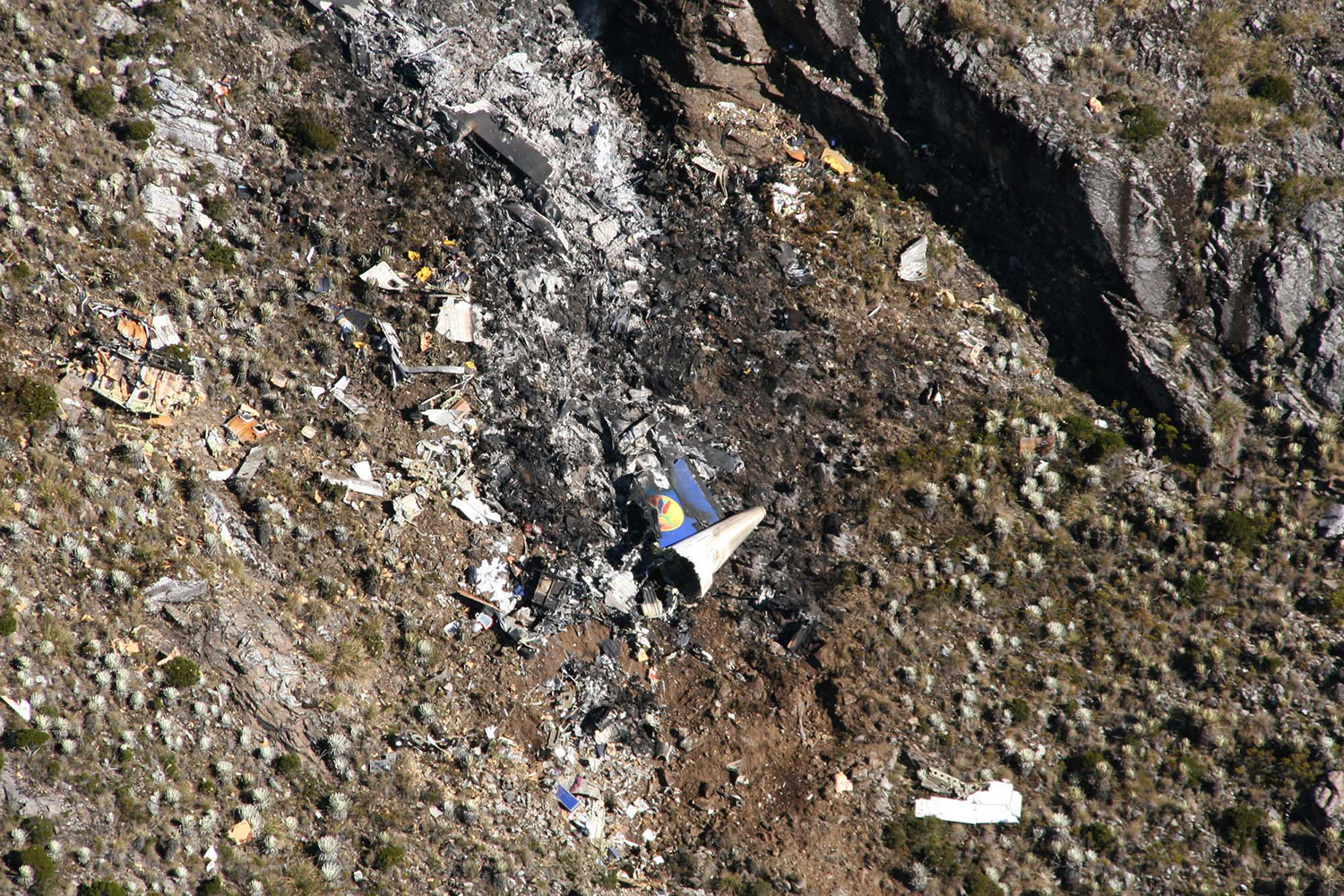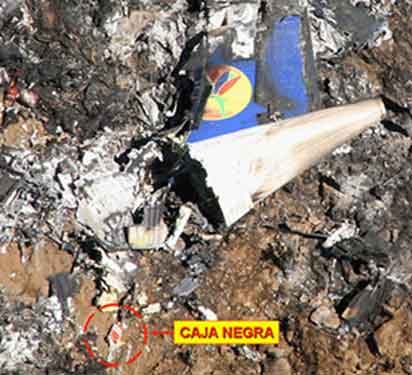Crash of a PZL-Mielec M28 Skytruck on Mt Izcaragua: 3 killed
Date & Time:
Jun 12, 2010 at 0725 LT
Registration:
ENBV-0063
Survivors:
No
Schedule:
Valle de la Pascua – La Carlota
MSN:
AJE002-02
YOM:
2000
Crew on board:
3
Crew fatalities:
Pax on board:
0
Pax fatalities:
Other fatalities:
Total fatalities:
3
Circumstances:
The twin engine airplane departed Valle de la Pascua Airport at 0646LT on a flight to La Carlota-General Francisco de Miranda Air Base. At 0722LT, the crew reported his position at 7,000 feet when contact was lost. The wreckage was found the following day at 1700LT in a wooded and hilly terrain located between Mt Izcaragua and Mt Meregoto, about 18 km northeast of La Carlota Airport. The aircraft was destroyed and all three occupants were killed.




